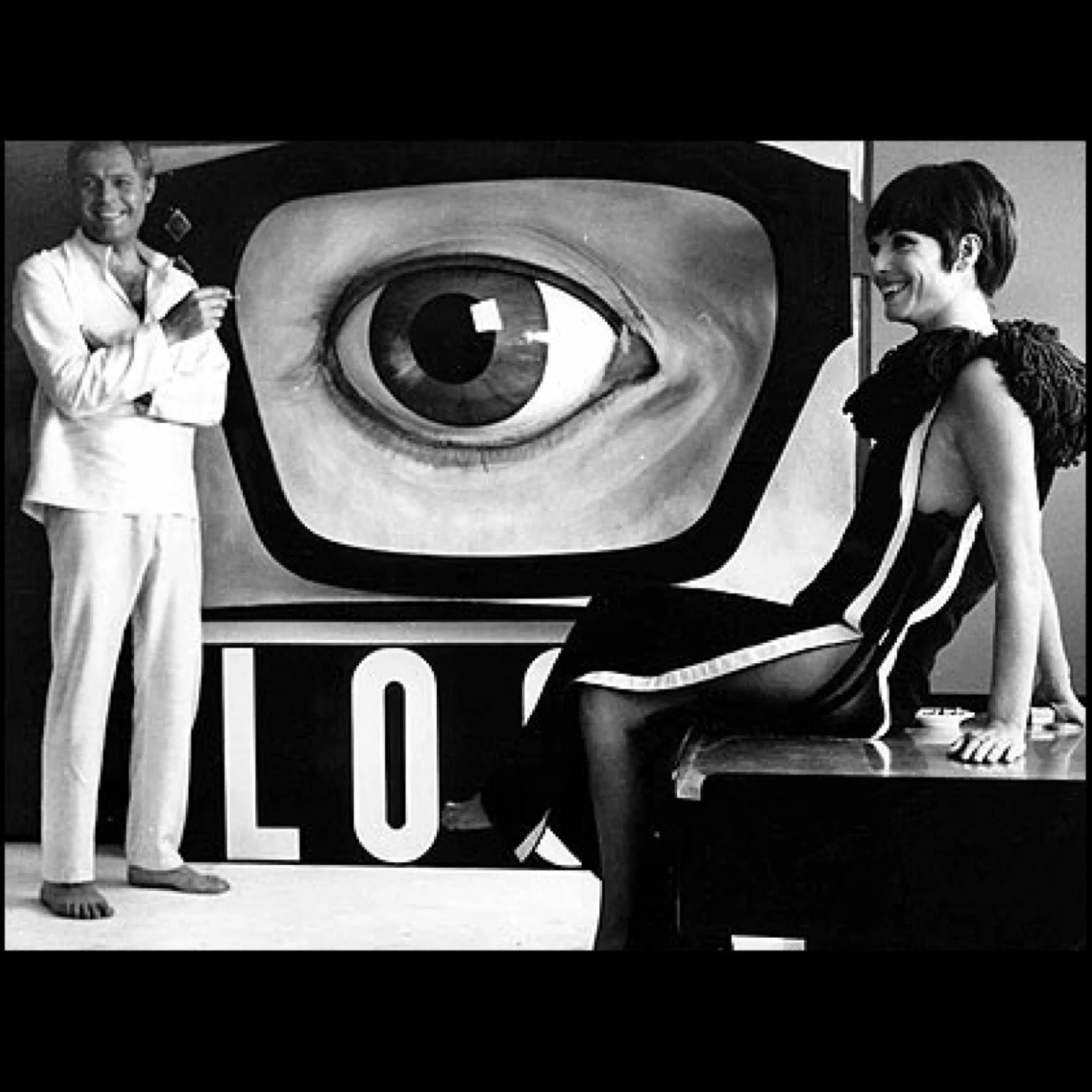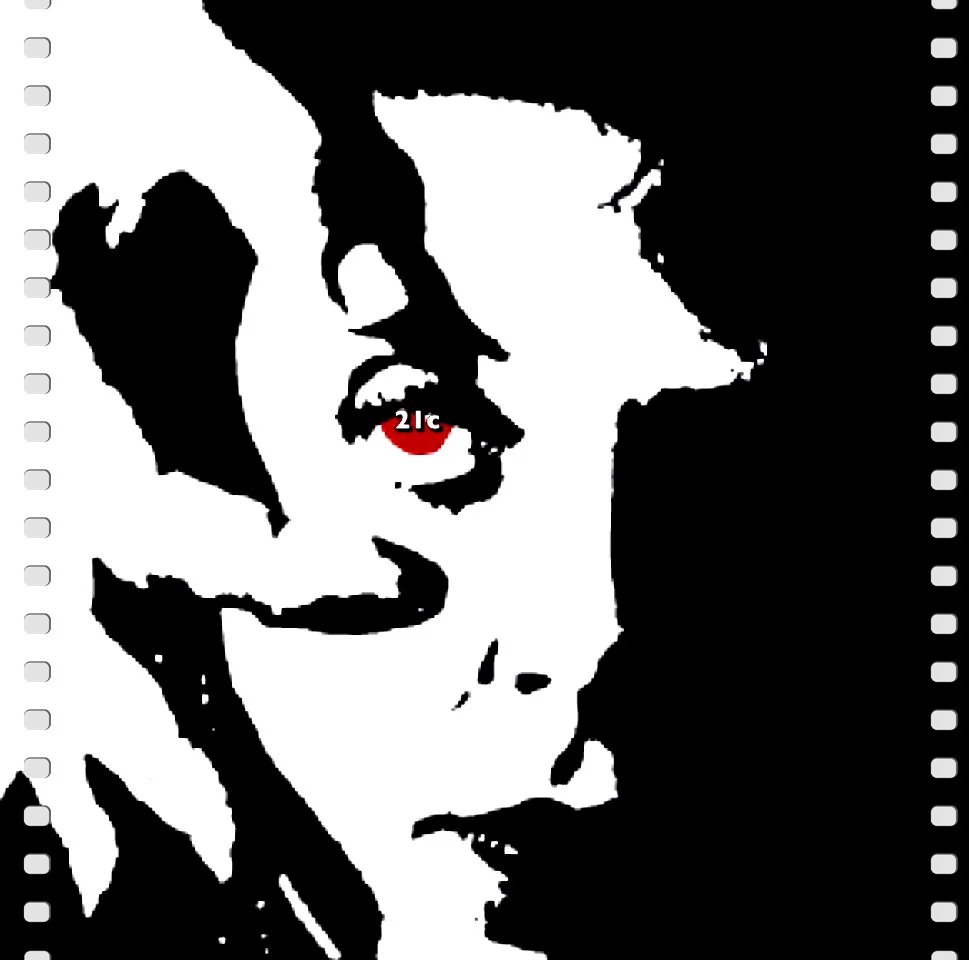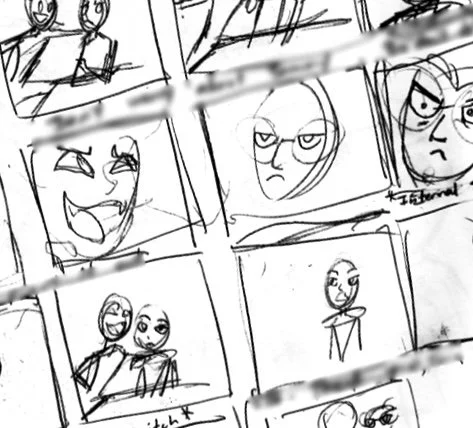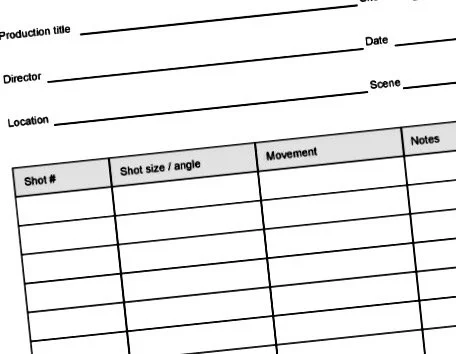Film Directing 124: The Director's Tech Survey
/Let's get this show on the road!
The tech survey is where the rubber hits the road for the directing team: laying out the production plans, the schedule, the start and stop times — basically, everything that’s going to happen for each day of shooting at each set.
The more details and precision, the better. Thoroughness and clarity are key.
Make the most of your tech survey. It sets the tone for your shoot.
Read More










